5 Min Read
How to Choose a Lot For Your Custom Home in West Michigan
Thinking about buying land in Michigan to build your dream home? That’s exciting! You probably already know that the land you pick will shape almost every decision that follows. It’s the canvas for your vision, but it’s also full of potential pitfalls that can quietly inflate costs, delay timelines, or limit your options. R-Value Homes has walked hundreds of properties across West Michigan. We’ve seen how topography, soil conditions, access to utilities, and even which direction your home faces can dramatically affect not just your budget, but your comfort, health, and long-term energy costs too.
Today, let’s walk together through the step-by-step process of buying land and building a house. You’ll come away knowing what to look for, what to ask, and what to avoid. Let’s dig in and make sure your future home puts down roots in the right soil, literally.
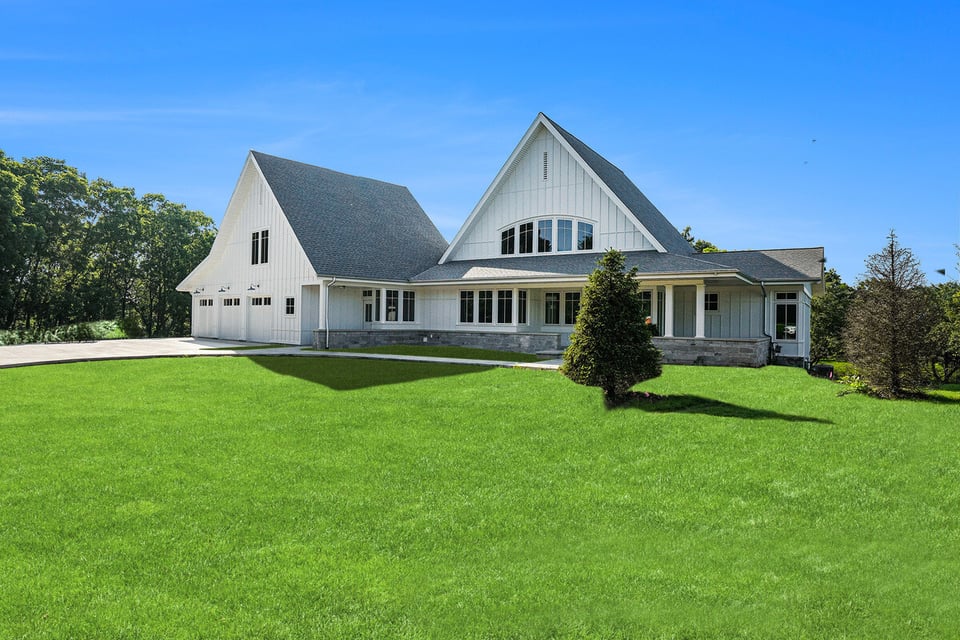
Step-by-Step Process of Buying Land and Building a House
Here’s the high-level step-by-step process of buying land and building a custom house.
Get Financially Prepared
Before falling in love with that quiet wooded lot, talk to your bank, or better yet, a lender familiar with construction-to-permanent loans and how custom home financing works in West Michigan. Land-only loans exist, but they’re different from traditional mortgages. And yes, you can buy land with cash, but you’ll still need to think ahead to how you’ll finance the build. Even if you're paying cash for the lot, talk with your builder (that’s us!) early. We can help you avoid land that requires $80,000 in hidden infrastructure costs.
Define What You Want
Do you want acreage or walkability? Privacy or community? Space for a pole barn? Room to garden? How close do you need to be to work, healthcare, or high-speed internet? These answers will guide your land search.
Partner With a Builder Before You Buy
We can’t emphasize this enough: bring your builder in before you sign on the dotted line. Too many buyers get locked into land that’s unbuildable (or unbuildable within budget). We do building site risk assessments that include:
- Evaluating soil and drainage
- Estimating driveway length and costs
- Checking topography and solar exposure
- Reviewing zoning, setbacks, and access requirements
Make an Offer With Contingencies
Once you’ve found a promising property, work with a real estate agent to write a purchase agreement, but be sure it includes time for due diligence: soil testing, zoning confirmation, and any required surveys. That way, if something doesn’t pan out, you can walk away.
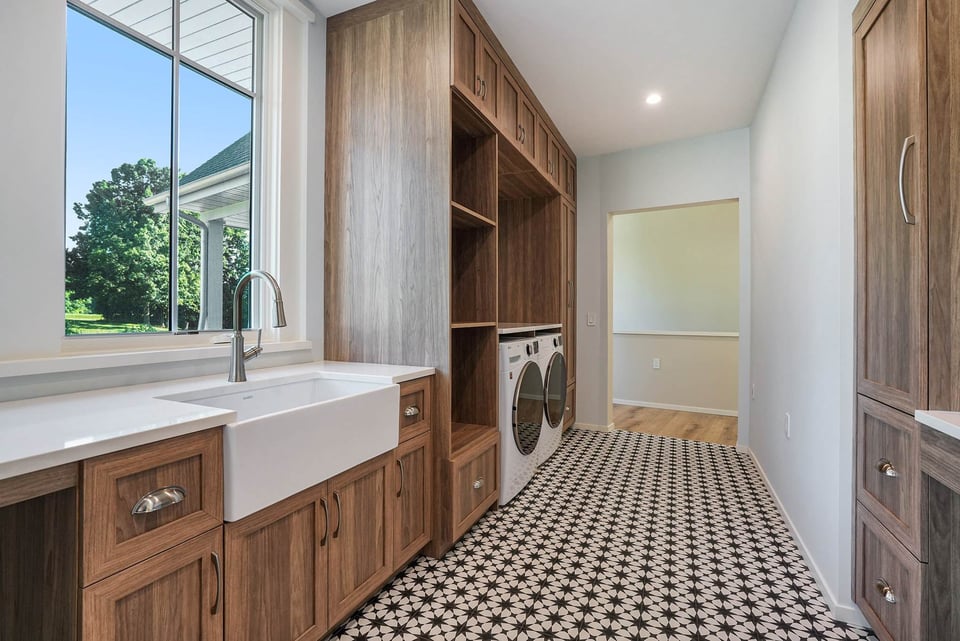
Close and Begin Pre-Construction
After the land is officially yours, the fun really begins. We’ll stake the house on the land, start refining your design, and schedule final soil tests, surveys, and utility planning.
How to Find Land to Build a House in Michigan
Finding land used to mean paging through newspaper classifieds or driving around with your fingers crossed. Today? There are a lot more tools, but also a lot more to filter.
Search MLS (But Don’t Rely On It Alone)
Some land shows up on traditional real estate platforms like Zillow or Redfin. But not all sellers list there, especially in rural areas. Try sites like LandWatch or even check local township websites for a wider variety of land in your area of interest.
Work With a Local Land-Savvy Agent
Not all agents understand the nuances of buying land in Michigan, but the good ones do. Look for someone who regularly deals with vacant lots or works with builders.
Evaluate Before You Dream
Before envisioning the kitchen layout or the three-season porch, ask the big questions:
- Does this lot have public or private utilities?
- Is the soil suitable for a septic system? Conventional or raised-mound?
- Will it require major grading or retaining walls?
- Does it support the type of home you want to build? For example, walkout basement, no basement, or full basement.
How Long Does It Take to Buy Land?
With the right financing and a clean title, you can typically close on land in 30–45 days. But give yourself time for testing and permitting. Rushing the process often leads to regrets or unexpected costs later.
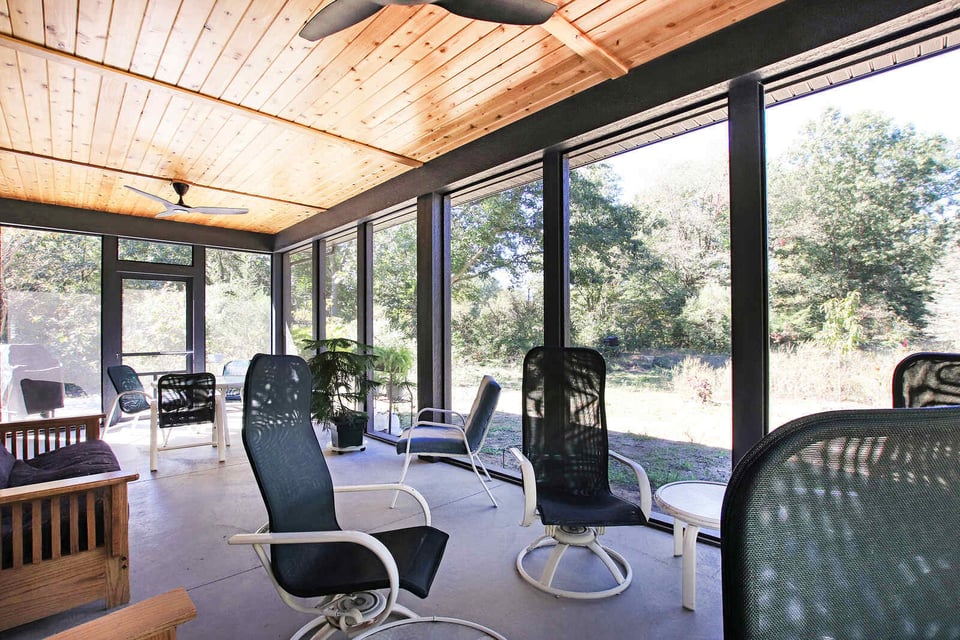
Evaluating the Land: What Really Matters Beyond Location
We’ve said it before, and we’ll say it again: not all land is buildable, or at least, not buildable within a realistic budget. So, before you sign that purchase agreement, take a hard look at the physical characteristics of the land itself.
Shape of Land
Even square footage isn’t everything. Buildable area is what counts. Oddly shaped parcels (think flag lots or long narrow rectangles) can limit where you can place the house, how long the driveway will be, or whether you can add future structures like a barn or detached garage.
Topography of Land
This is where Michigan topography comes into play. Some sites look flat to the eye but hide drainage problems. Others may appear scenic but need retaining walls or expensive grading. We help clients analyze these features with a building site risk assessment during the preliminary design phase.
Look for:
- Steep slopes (may limit your foundation options)
- Low-lying areas (risk of water intrusion)
- Opportunities for walkout basements or elevated views
Solar Orientation
Here’s where the compass shapes your future home’s comfort and efficiency. Passive solar is a favorite way we create homes that feel better, cost less to run, and fully utilize the land.
- A south-facing orientation is often ideal for passive solar gain: more sunlight in winter, less direct exposure in summer.
- We also evaluate window placement, roof overhangs, and shading based on the sun path across your specific lot.
Privacy, Wind, and Noise
Natural buffers like trees and berms can enhance privacy and reduce road noise. But clearing land can sometimes remove those benefits. We look at how prevailing winds, neighboring properties, and elevation changes will affect your home experience year-round.
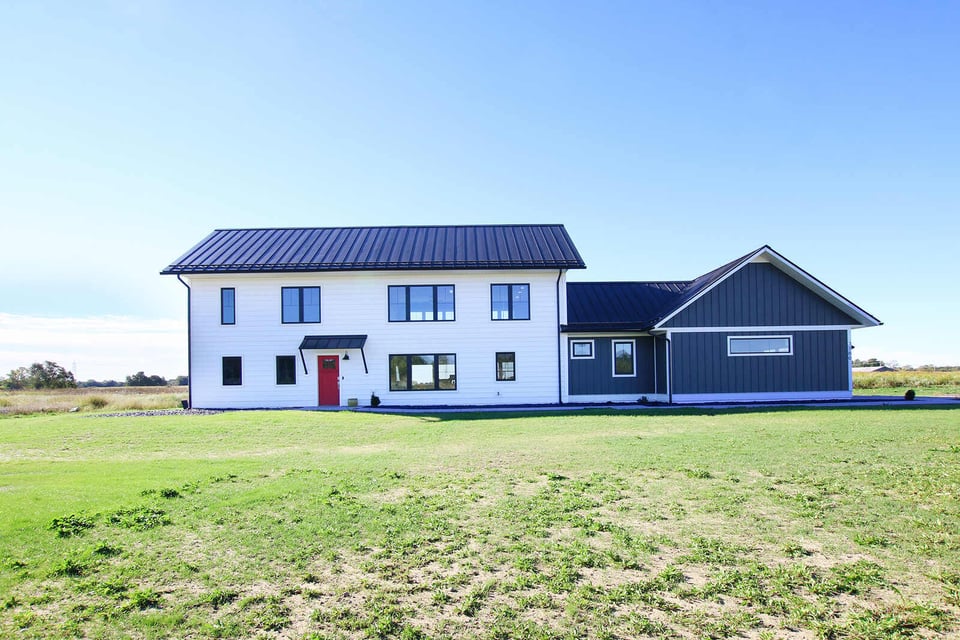
Access for Construction
Sometimes, a lot looks great for living, but not for building. Can trucks and equipment safely access the site? Is there space to stage materials? If the answer is no, expect higher costs and a longer build timeline.
Pre-Construction Soil Testing: What It Reveals
You’d be amazed how many buyers skip this step or assume the land is good to go because it “feels solid.”
But the soil beneath your home determines your foundation, drainage systems, and septic feasibility. It’s also one of the leading causes of unanticipated cost increases.
We recommend two key soil tests:
- Percolation Test (Perc Test) – Determines whether the soil can handle a septic system, what type, and where it should be placed.
- Geotechnical Soil Analysis – Identifies clay content, groundwater levels, bearing capacity, and frost heave risk.
This tells us things like:
- Will you need a mound septic system?
- Footing size
- Can we use a slab foundation, or do we need a crawl space or full basement?
- Are drainage swales, curtain drains, or retaining walls going to be required?
Is a Bigger Lot Better When Buying a Home?
Let’s bust a myth: bigger isn’t always better, especially when it comes to land. It’s easy to assume that more acreage means more freedom, better value, or a “dreamier” lifestyle. But when you’re building a custom home, the size of the lot isn’t nearly as important as how usable it is and what it takes to build on it.
For many homeowners, that same kind of thinking shows up when deciding whether building a new home makes more sense than buying one, since both choices come down to balancing lifestyle goals, costs, and what really matters most long term. Unless you have specific plans for all that extra land, like farming, horses, or a large outbuilding, you're often paying for space you won't use and maintaining space you won't use.
What Looks Good on Paper Might Not Work on the Ground
We’ve evaluated 5-acre properties where:
- Only 1 acre was actually buildable
- The rest was wetland, lowland, or protected
- Utility easements stood in the way of a future pool and outbuilding
- Infrastructure costs (driveway, utilities) were double or triple what they’d be on a smaller site.
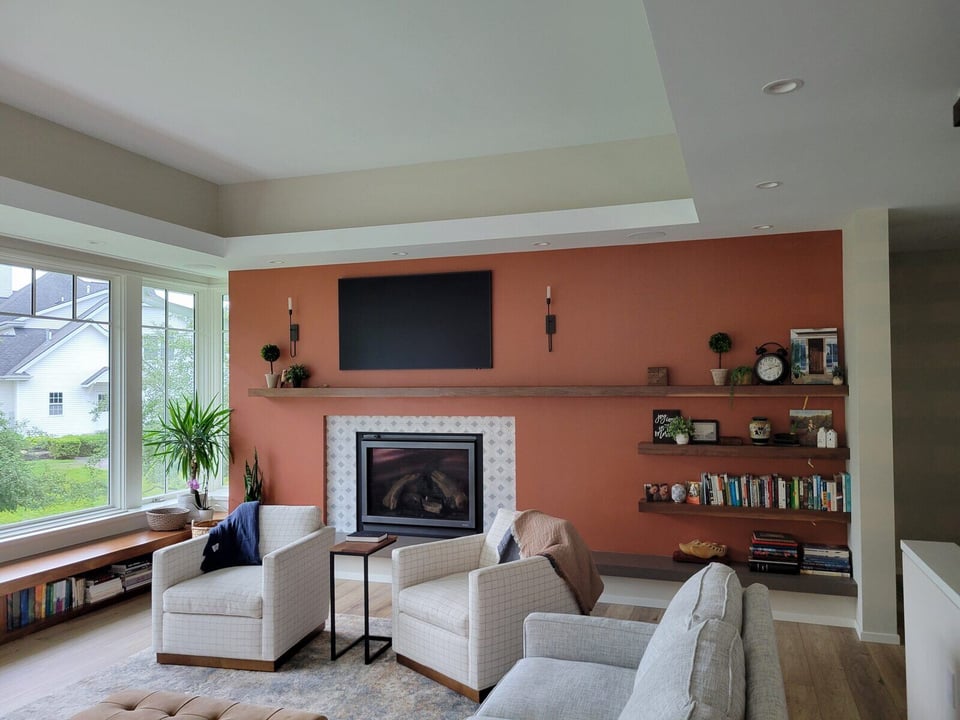
Bigger Lot = Bigger Responsibilities
- More trees to clear (and haul away)
- Longer driveways to plow, pave, and maintain
- More landscaping and potential erosion control
- Higher property taxes
Focus on Fit, Not Just Footprint
Here’s what actually makes a great lot:
- Logical layout for your home and lifestyle
- Solid soils and accessible utilities
- Healthy site drainage and sun exposure
- Room for future needs, but not so much that it overwhelms your time or budget
Your West Michigan Custom Home Starts With Your Lot
Building a custom home in West Michigan is a long-term investment in your health, comfort, and lifestyle. And it all begins with the land.
R-Value Homes takes the time to listen and understand how you want to live, what you value, and what you envision for the years ahead. Then we help you find or evaluate land that aligns with that vision. Because your home isn’t just a building. It’s your future. Your legacy. And we want it built on a solid foundation. Connect with us here to start the conversation.
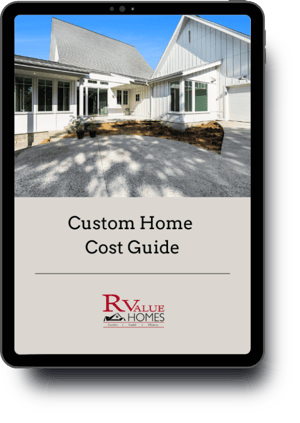
.png?width=352&name=Cost%20of%20Building%20a%20Custom%20Home%20(5).png)

